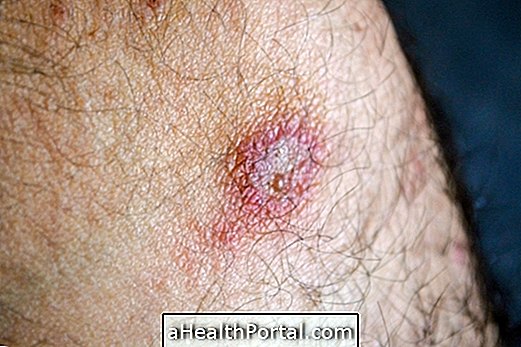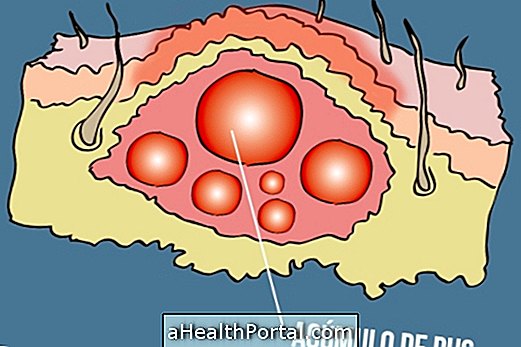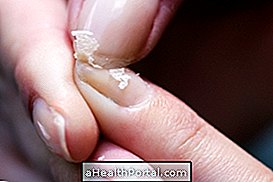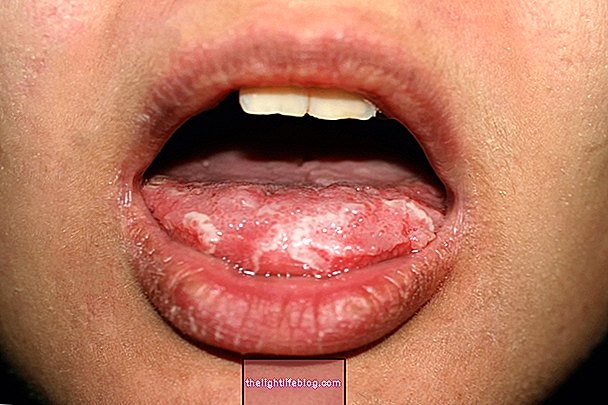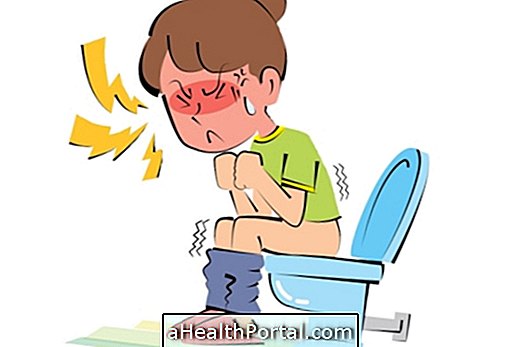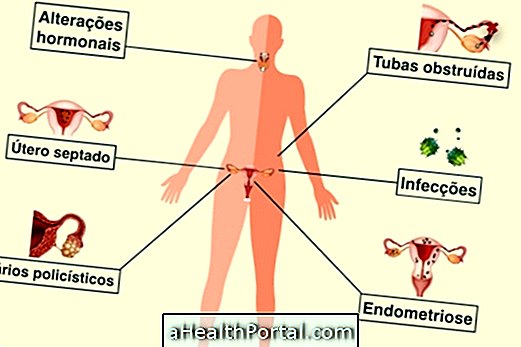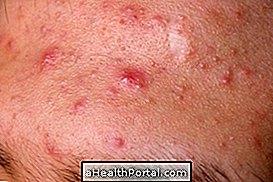Cholera is an intestinal infection that arises due to the ingestion of a bacterium, called Vibrio Cholerae, which is present in water and food contaminated by feces. Thus, this type of infection is more common and causes outbreaks more easily in places that do not have running water or inadequate sanitation, where there is no garbage collection or open sewage, for example.
Although not always causing symptoms, some infected people may develop a more severe condition, which depends on the amount of bacteria ingested and the state of health of the infected person, and may manifest from mild diarrhea to intense and potentially fatal diarrhea.
When they appear, cholera symptoms can take about 2 to 5 days to appear after ingestion of contaminated food or water, and usually include:
- Intense diarrhea, more than 1 time per hour, which arises because the toxins in the bacteria cause the cells lining the intestine to produce a large amount of fluids;
- White liquid faeces, similar to milk or rice water;
- Constant nausea and vomiting ;
- Excessive tiredness ;
- Dehydration, with excess thirst, and dry mouth and skin;
- Increase in heart rate and reduction in blood pressure.
The bacteria remain in the stool for 7 to 14 days, and can be a means of contamination for other people, especially when you do not wash your hands after going to the bathroom, for example.

How Transmission Happens
The person may be contaminated by eating water or food contaminated with the bacteria, as it is eliminated through vomiting and diarrhea, and can be easily spread. Thus, it is common for the infection to be transmitted between people living in the same environment, such as residents of the same household or people who attend the same school and workplace, for example.
In addition, the consumption of freshwater fish or crustaceans or contaminated seawater may also cause the disease. Contaminated rivers, ponds and ponds can cause epidemics in certain regions, so it is important to only drink filtered or boiled water.
Since the bacterium present in the faeces easily multiplies between 5 and 40ºC and is also resistant to freezing, it is common to experience cholera epidemics in overcrowded areas with poor sanitation and lack of basic sanitation. Also check out what other diseases are transmitted through sewage.


How to prevent contagion
Vibrio cholerae, which is the etiological agent of the disease , does not withstand temperatures above 80ºC, so to prevent cholera it is recommended to drink filtered water, to boil the tap water before eating it, as well as to consume prepared and served hot foods, avoiding raw foods like salads or sushi.
These prevention strategies should be used especially in areas where there is no sanitation, overcrowding or natural disaster, for example.
How is the treatment done?
No special treatment is required for cholera, and it is only recommended to keep the intake of fluids or serum to avoid dehydration caused by diarrhea. Here's how to make homemade whey to take in cases of diarrhea.
However, in more severe cases, when dehydration causes symptoms such as dizziness or extreme tiredness, it may be necessary to be admitted to the hospital to have serum directly in the vein and to evaluate vital signs. In addition, although antibiotics are not necessary to eliminate cholera, the doctor may recommend in more severe cases to help eliminate diarrhea more quickly, such as Doxycycline or Azithromycin.
